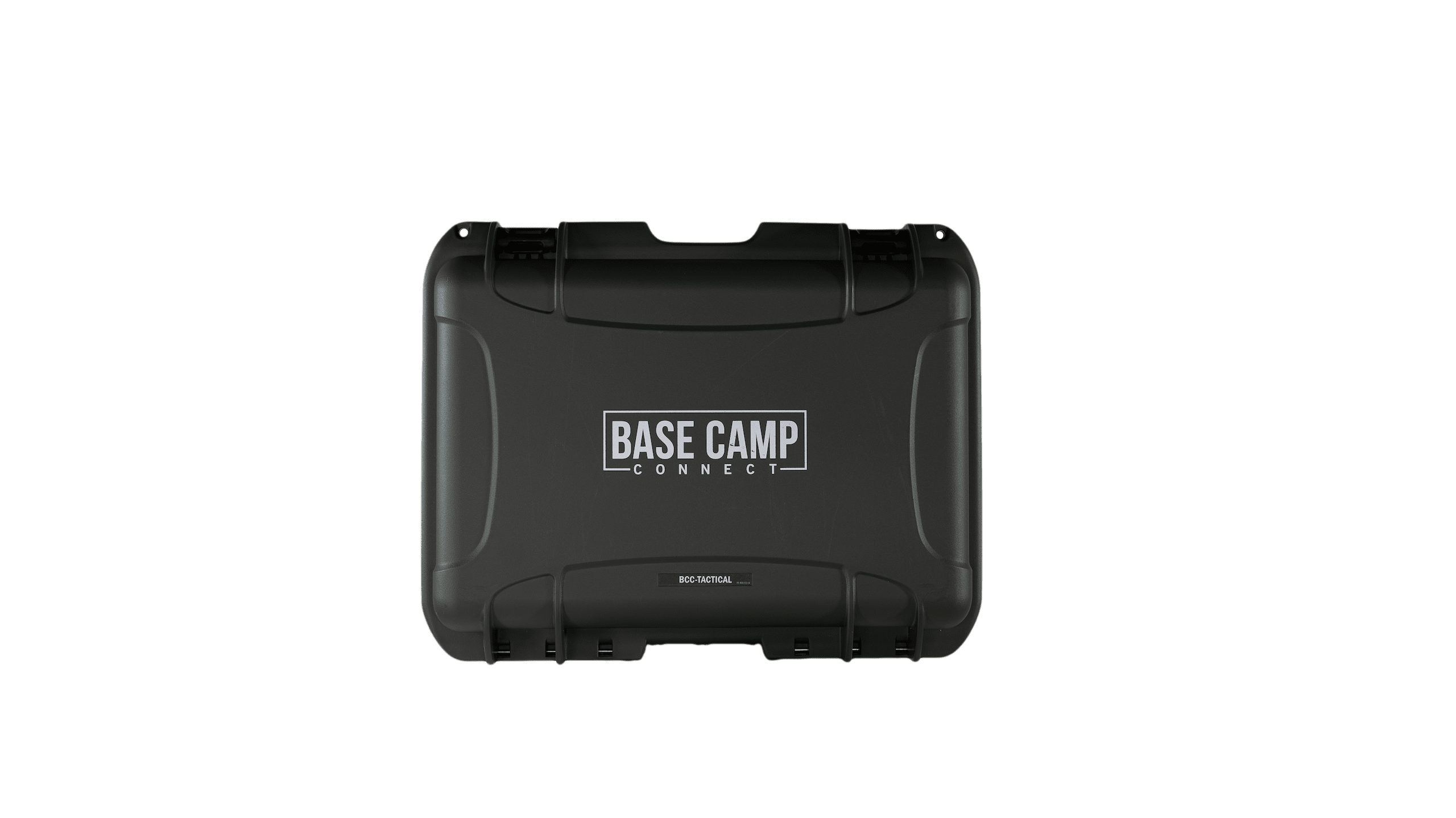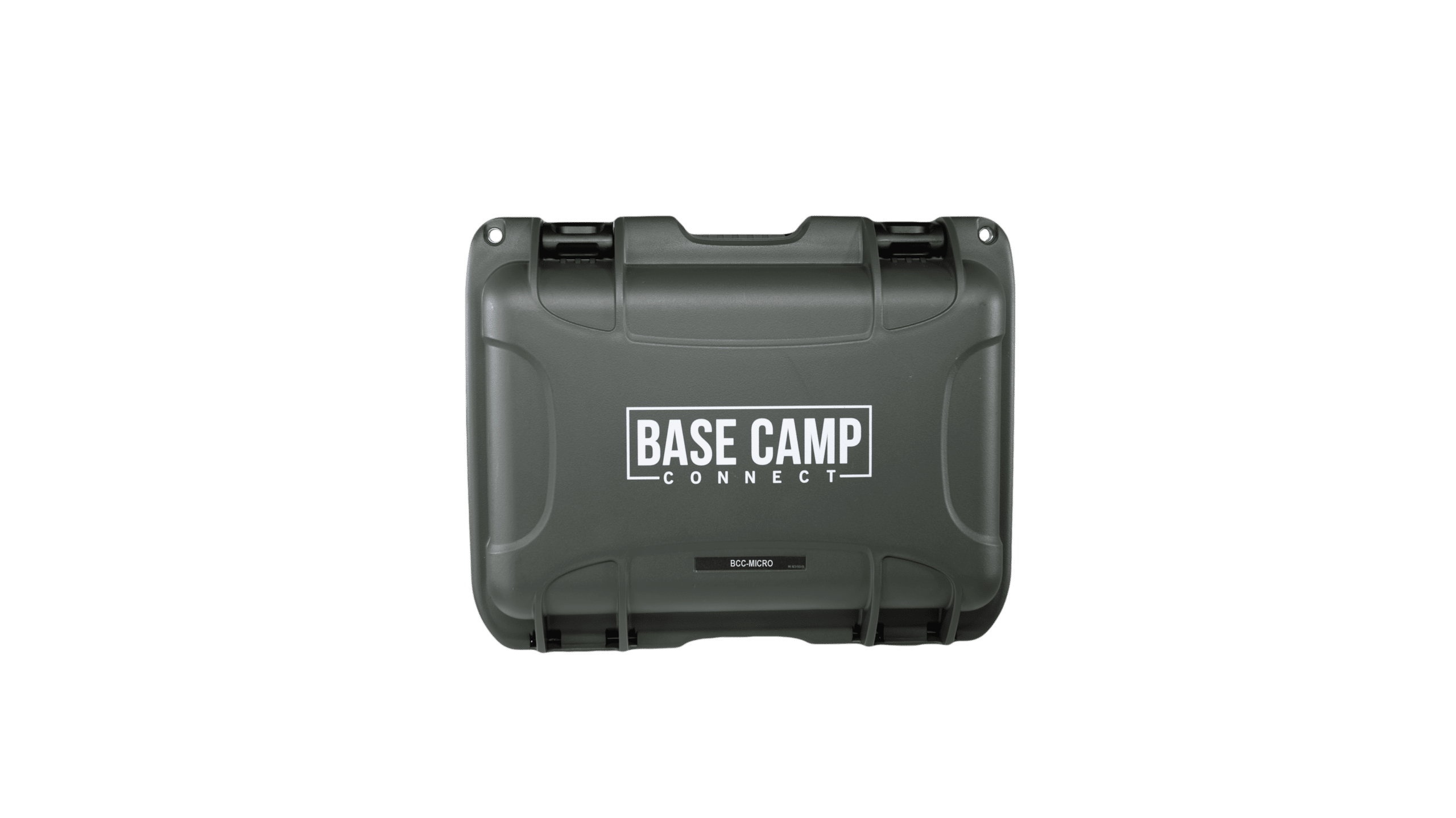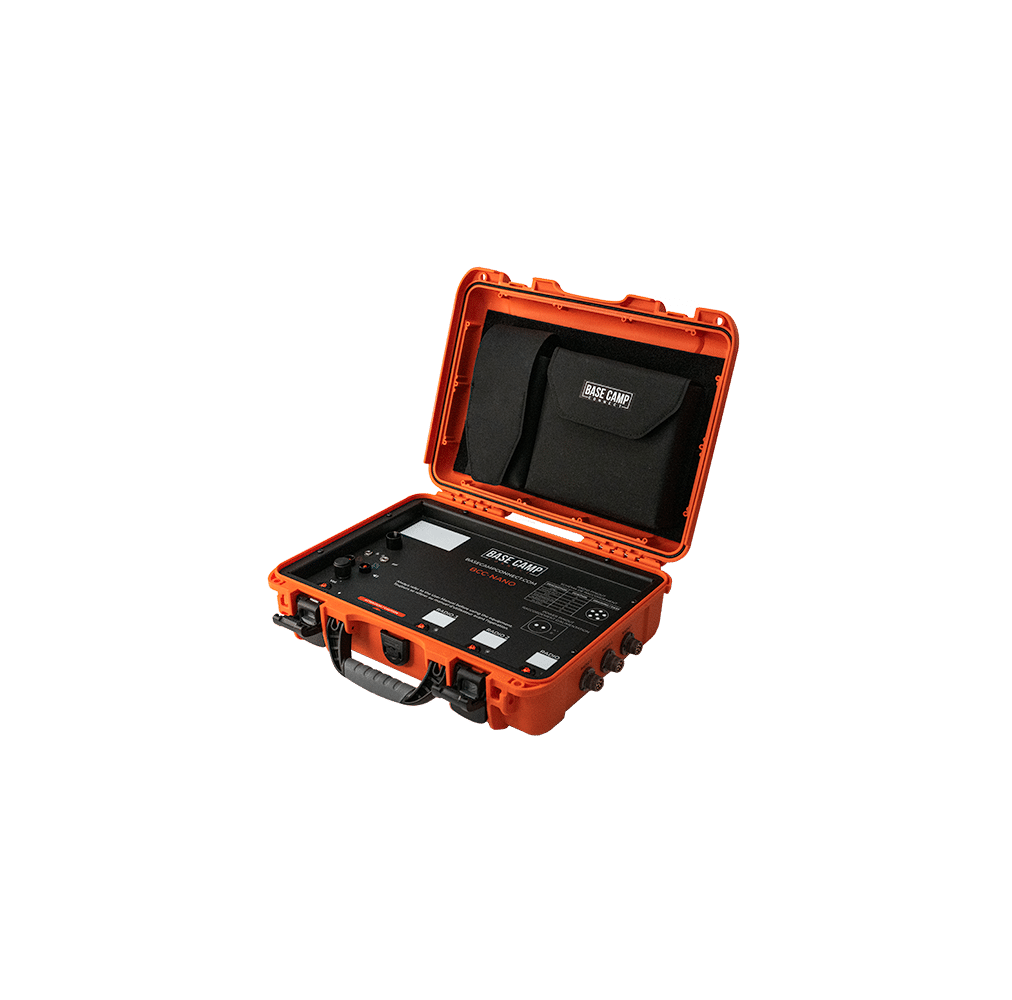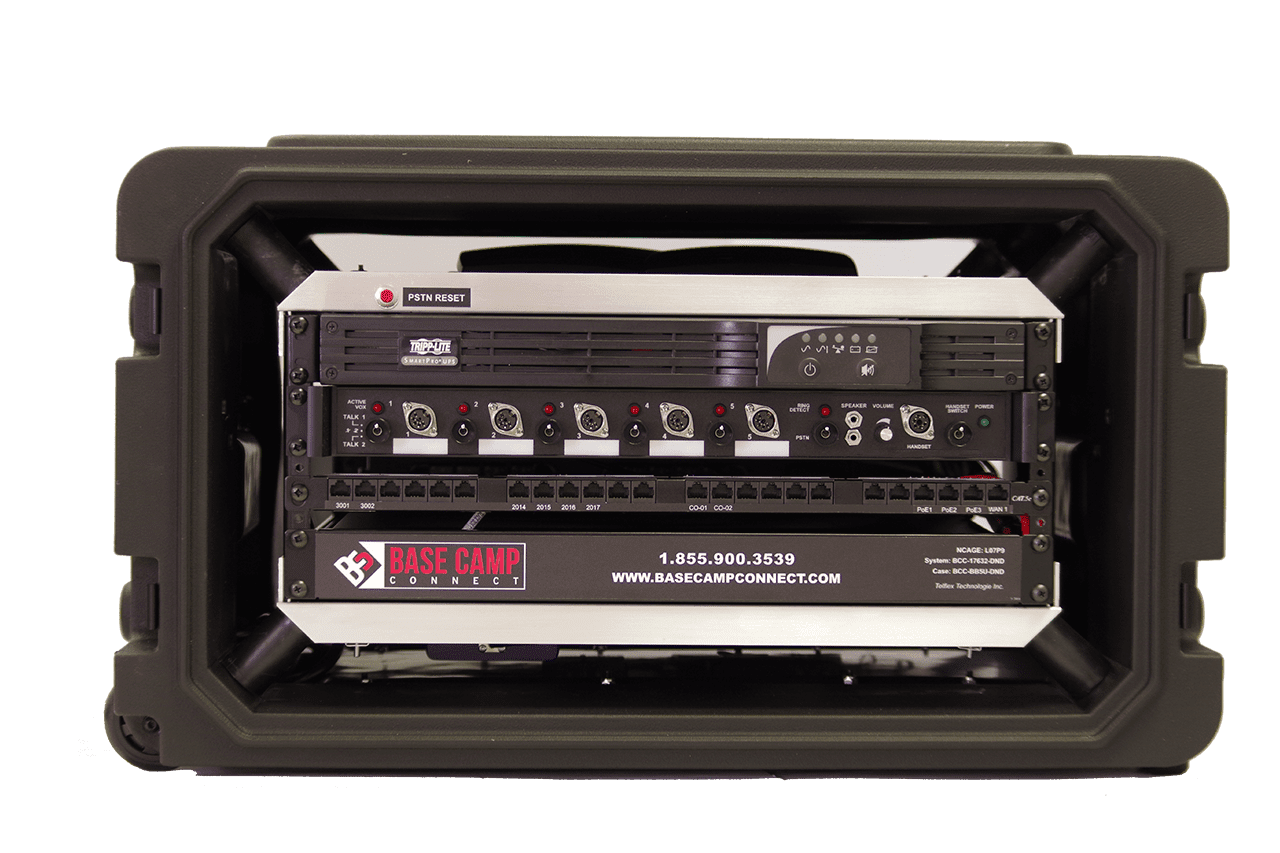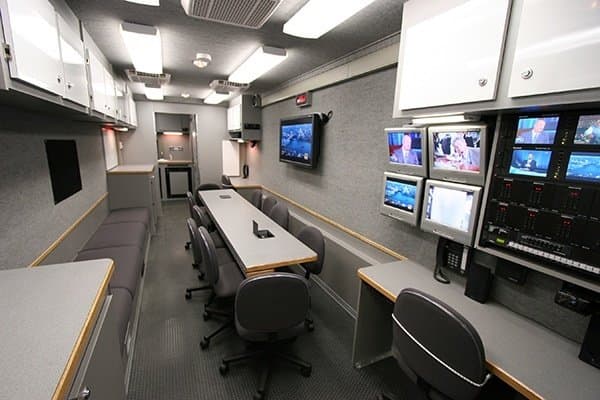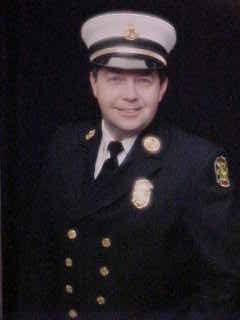In the last post, I listed 5 basic questions that you should ask yourself when you plan to buy a new mobile command post. Here are five other questions that should be answered:
- #6 What missions can it support
Now let’s talk about the mission of this command post vehicle that you want to have. Do you want it to be an on-scene communications unit that will assist the command staff with the operations on a fire ground or emergency scene? Are you in a location where in an emergency there would be the need to have multiple organizations; local, state and federal resources, called to the scene. If you are near an airport, highway, railroad line, chemical storage facility then yes you may have a need to support a whole alphabet soup of agencies that would show up to your event. You should look at your history of past events to see what has happened and who responded. The major responsibility of a mobile command center is to provide interoperability between your department and all the possibly responding departments and agencies. With the improvement in radio equipment over the past few years your department will have the ability to program radios and be able to add new agencies during the event and coordinate the cross band repeaters to allow the much needed communications so the command staff can be in touch with everyone at the emergency and keep them safe as possible.
- #7 What is the intended purpose of the vehicle
Is the mission of the command post vehicle to be a meeting place for the command staff to hold situational awareness briefings, if so “you are going to need a bigger boat”? The ability to bring a staff of 5-10 people into a vehicle and have them sit around a table or to be able to see a whiteboard or computer screen will require more space, how is this going to effect the budget. How about an awning on the side of the vehicle with the whiteboard or monitor mounted on the side of the vehicle if you can’t afford the large walk in the vehicle? There are some large command post center that have kitchenettes, bathrooms, microwaves and refrigerators in them, it all comes down to what can you afford and what you can justify. I cannot stress enough that the money being used to purchase or built this vehicle is not yours, it belongs to the taxpayers and someone will come along and ask if “all of this” was truly necessary; do your homework and have your answers ready before they ask them.
- #8 Is the vehicle large enough to hold command staff meetings in
Is the purpose of the vehicle to support a specialized team like a hazardous materials response team, urban search and rescue team, dive rescue, fire investigation team or an explosive ordinance (bomb squad) unit? Each of these specialized teams comes with their own set of needs and communications systems. Each of these teams will need a dedicated radio frequency for the operations teams to operate on which will be off the main department radio. The communications on these frequencies should be guarded as so the media cannot listen or interfere in any way. The entry team will need to be able to communicate with the operations commander and inform them of their findings. A command chart of radio frequency channels needs to be established early in each event so everyone invited to the party know which channel they are assigned to operate on.
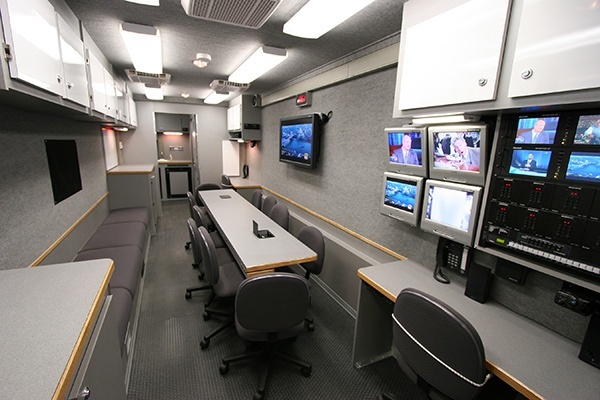
- #9 Will it have other accessories built into it like a microwave or bathroom
What about video equipment for your command post? Most people think that a command center is only for talking, face-to-face, telephones or on a radio; but what about seeing what is going on at the scene. The ability to view television coverage of the event will give you a good idea what is being said about the events as they are unfolding. Commanders will possibly be able to see aerial views of the scene for the TV news helicopters circling the scene. A number of command post vehicles are now equipped with on-board video cameras that can be deployed 20-30’ in the air so the command post can get a better look at the overall scene. Some public safety agencies that have helicopters like state police air wings that have cameras mounted on them can send the video to a command post via a downlink. This type of video communications capabilities needs to be tested prior to actually needing this at an emergency event. Where are out going to record the videos? Are you able to store the images on a computer disk drive? How many hours can you record, will it interfere with the speed and data storage on the computer.
- #10 Who will staff the vehicle when it is dispatched to an emergency scene
Onboard computer for the command post, how many will you need? Will the science officer for the HazMat team need one dedicated just to that operation? What software program(s) do you need on the computer, have you preloaded all the ICS forms on the computer? Will you have wireless wifi capabilities for the computer and who is going to provide this service and at what cost?
When an unplanned event happens who is going to man the command post? Will an off-duty member of dispatch be called in to drive it to the scene and operate it? Will a member of the on-duty shift be assigned to command post, remember with few people on the fire ground today, taking even one person away will reduce the effectiveness of your response teams. There will be other people saying that having a person in the command post listening uninterrupted to the communication on the scene, especially a frequency like the fire ground communication’s frequency, can save a life if a message is transmitted and missed by command. You need to have a communications plan in place before you roll out this vehicle.
I know I have thrown a lot of information and questions at you regarding you’re planning for a command post. Think beyond needing just a truck and a radio, plan for the future.




